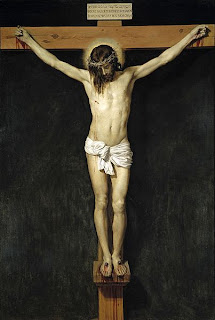Los tres cursos del I.E.S. Abyla hemos querido ser partícipes de llevar a cabo un plan de acogida y bienvenida tanto a los nuevos alumnos que se incorporan este año como a los futuros profesores asistentes que vengan de Gran Bretaña; y ayudarles en su proceso de adaptación, destacando una breve muestra de los aspectos más maravillosos de nuestro entorno, Ceuta y nuestro I.E.S ABYLA.
!Bienvenidos a todos!
Un cordial saludo, de todos los alumnos del I.E.S ABYLA
Desde este blog disfrutarán del trabajo realizado por los alumnos de 1ºB de la ESO (curso escolar 2010-2011) y si quieren visitar el trabajo realizado por los alumnos de 2º ESO y PCPI del I.E.S. Abyla (curso 2010-2011) les invito a que visiten la siguiente página:
This blog was created by the students of 1B-ESO class from Abyla Public Secondary School in Ceuta (school year 2010-2011). They have published their class essays with the purpose of being a guide for the new English teachers who come to our school in the future. Here they will find out some interesting and useful facts before coming to our city. (With no economic purpose.)
Photo taken from:
http://www.ceuta.es/servlet/ContentServer?idioma=es_es&nS=&pagename=CeutaTur%2FGaleriaMultimedia%2FGaleriaMultimediaDetalle&cid=1122879409081&idP=1122879408138&anteriorSiguiente=si&idA=1131952428373&idG=1122879409081
Student's class list:
Student's class list:
01 | Mariam A. |
02 | Naryish C. |
03 | Naual E. |
04 | Mariam E. |
05 | Francisco José G. |
06 | Hamza H. |
07 | Hanan I. |
08 | Alejandro Jesús L. |
09 | Sumaya M. |
10 | Moshaab M. |
11 | Nyhad M. |
12 | Mohamed M. K. |
13 | Mohamed M. M. |
14 | Mohamed M. M. |
15 | Ramón M. |
16 | Ayoub M. |
17 | Mª de África M. |
18 | Dunia M. |
19 | Hassan N. |
20 | Teresa P. |
21 | Alejandro S. |
22 | Elena S. |
23 | Marina S. |
24 | Andrea T. |
25 | Elena V. |
26 | Mohamed Nadir Y. |
27 | Esther Y. |













